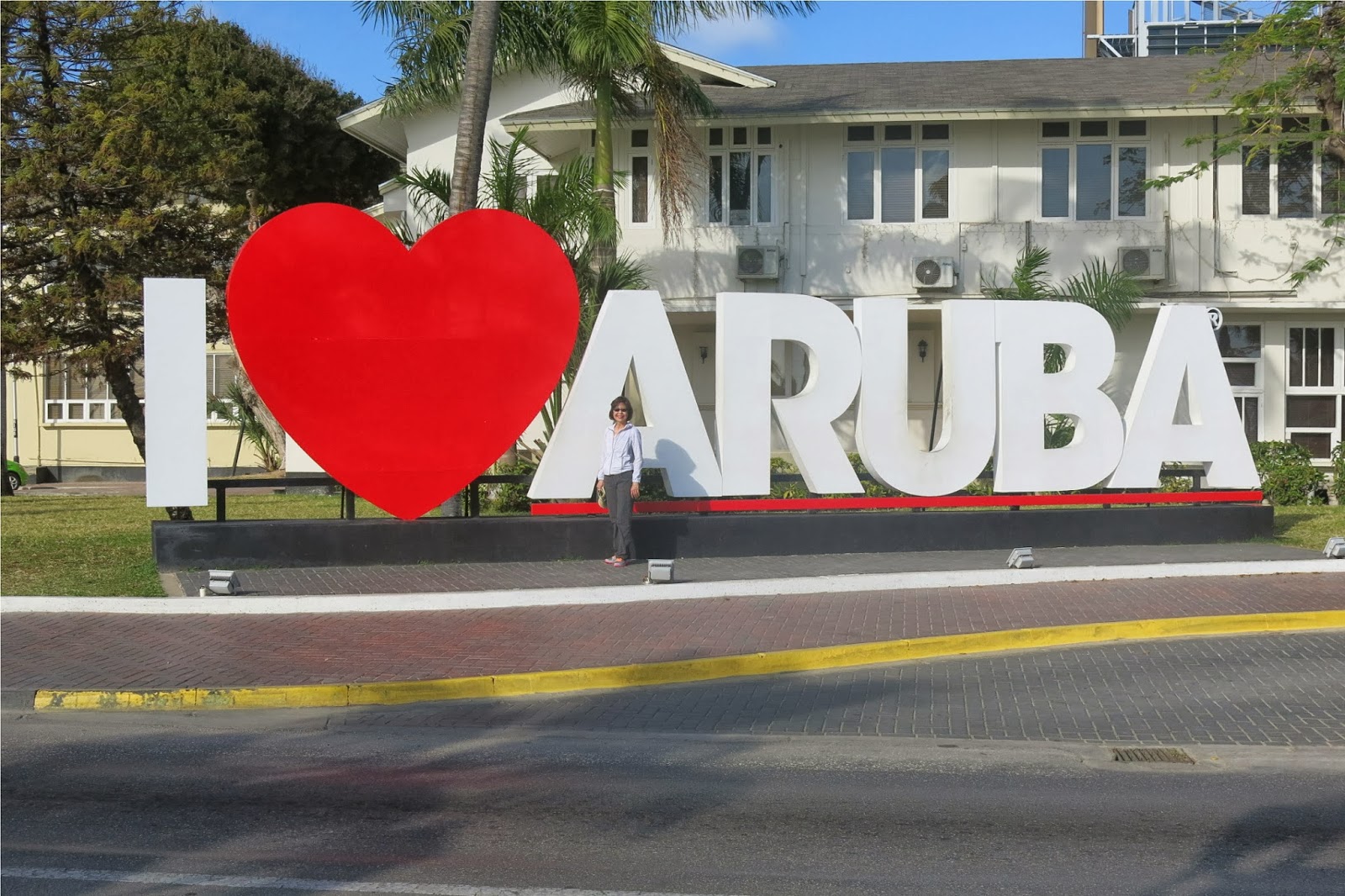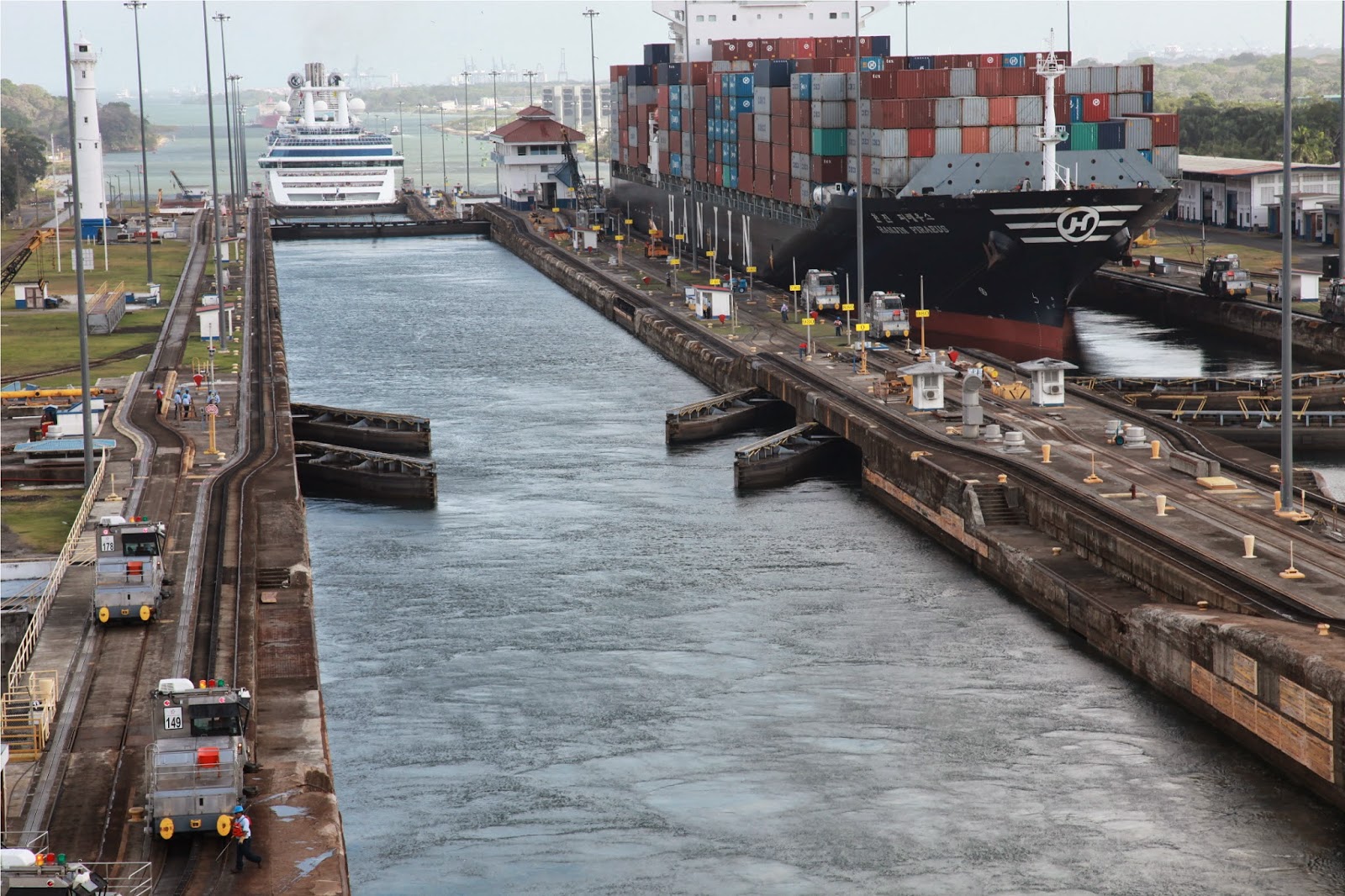Corrina/Edward, Sophia/Jerry, June/Ben and Fei/Tony went on a Panama Cruise on Jan 30, 2014. We spent the Chinese New Year on the Coral Princess with a lot of fun both on board and on excursions. Corrina/Edward and Fei/Tony flew to Fort Lauderdale and embarked the Coral Princess at Port Everglades of Fort Lauderdale on Jan 30. Sophia/Jerry and June/Ben went to Fort Lauderdale a couple of days earlier and did some pre-cruise touring in Fort Lauderdale and Miami areas. It was a total of 11 days cruise with embarkation/disembarkation days, 5 “At Sea” days and 5 “Excursion Touring” days. It was a very enjoyable and relaxing vacation for all of us.
Itinerary -
Thursday, Jan 30, 2014 - Ft Lauderdale, FL
Friday, Jan 31, 2014 - At Sea
Saturday, Feb 1, 2014 - At Sea
Sunday, Feb 2, 2014 - Aruba, ATV Tour
Monday, Feb 3, 2014 - At Sea
Tuesday, Feb 4, 2014 - Cartagena, Columbia, Self arranged Wall City tour
Wednesday, Feb 5, 2014 - Panama Canal, Princess Excursions (Panama Locks by Boat and Authentic Embera Indian Village)
Thursday, Feb 6, 2014 - Limon, Costa Rica, Greenway Private Tour
Friday, Feb 7, 2014 - At Sea
Saturday, Feb 8, 2014 - Grand Cayman, Self arranged tour
Sunday, Feb 9, 2014 -At Sea






















































